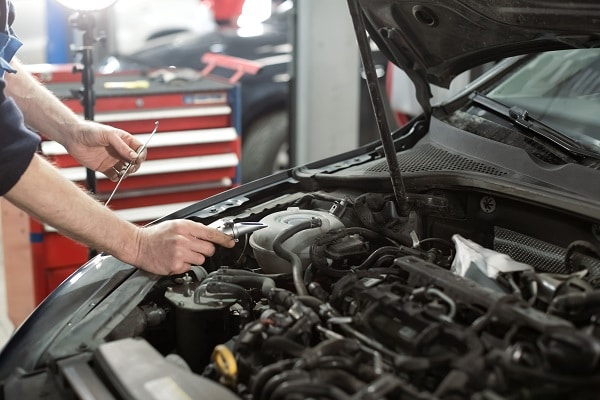Winterizing your vehicle is a crucial step in preparing for the cold weather. The cold and snow can make driving in the winter a challenge. Losing control and sliding off the road and into a ditch can be a genuine concern. The best way to ensure safety when driving in the winter is to make sure your vehicle is appropriately winterized. Winterizing your vehicle is a safe and easy way to prepare for winter weather, and it will help you be prepared if you need to get stranded somewhere during the winter months.
Contents
Practice Your Winter Driving Skills

If you’ve ever had to drive in the snow, then you know how important it is to understand how to handle your vehicle in the cold. The slightest mistake can be deadly, especially on slippery, slushy roads. But, as long as you see these winter driving techniques, you’ll be able to get to your destination safely and comfortably, even in the coldest weather. It means that it’s essential to know some basic winter driving skills.
Switch To Winter Wiper Blades

Winter is approaching, and so is the demand for winter wiper blades. These blades are used in vehicles to clear the windows in the winter. You need to know how to switch to winter wiper blades in the vehicle to make sure you get through this season safely. Choosing the right edge is essential because of visibility issues. Your windshield will get covered with light snow and ice during the winter, which will create a cloudy effect.
Check Tire Air Pressure

Check Tire Air Pressure to Prepare Your Vehicle for Winter. Knowing your tire’s air pressure can help you avoid unwanted flat tires. Tire pressure goes down in the cold weather, so make sure your tires are properly inflated. If you own a car with air-conditioning, make sure that the system is turned on. When you see your tire pressure in your tire-pressure monitor, check the pressure in all four tires at least once per week.
Test Your Car Battery

It is essential to check the vehicle’s battery and its charge. If your vehicle doesn’t have a battery meter, you can use a voltmeter or a volt/ohm meter. You can use a multimeter for this purpose too, but it’s a little more complicated. Using a multimeter will let you check for total battery capacity. If it’s low, take the vehicle to a shop to have it tested. You can extend the life of your battery by keeping your vehicle in good running condition over the winter, which is why it’s essential to winterize your vehicle. If your battery is old or damaged, then get it replaced before it fails. This way, your car will always start in the winter.
Check The Coolant Level And Mixture

Check your coolant and oil levels and make sure there is enough of each (note that the oil will be on the dipstick, and the coolant will be on the tank’s filler neck, so you will need to pay attention to both). Next, lubricate your engine and transmission and check your brakes and power steering.
Change Your Engine Oil

It’s time to take the winter vacation season by the horns and get your vehicle ready for the winter season. With the winter season comes more snow, ice, and salt on the roads, making them slippery and dangerous. In addition, most vehicles are equipped with an oil change indicator, which means that it’s time to change the oil in your vehicle.
Build A Winter Emergency Kit

Winter is an excellent opportunity to do a few things to ensure you have a well-stocked emergency kit in your vehicle. You don’t want to be stuck in a snow-covered parking lot because you didn’t have a complete winterized emergency kit in your vehicle before the roads got covered in snow. Wintertime is the most dangerous time for drivers, with the most severe accidents occurring around New Year’s Day. You can reduce your chances of getting into an accident during January, February, and March by ensuring you have all the necessary safety equipment in your vehicle. Let’s take a look at some of the tools you should keep in your vehicle to increase your odds of surviving an emergency.
Check Your Brakes

In preparation for winter, it’s a good idea to check your vehicle’s brakes every year. Brakes are a significant safety feature of your vehicle, meaning that they help you from getting into a car accident. When they become old and worn, they may not work as well as they used to, but there are several simple things you can do to make sure they still work correctly. If your vehicle’s brakes start pulsing, they can be a sign that you need to replace them.
Conclusion
It’s that time of year again when you’re faced with the daunting task of trying to find time to get into that last bit of winter maintenance that you can’t seem to fit into your winter car maintenance schedule. Winterize Your Car is a great checklist to help you check off all the tasks before the snow and ice build-up gets too deep and you can’t get in for a while.



